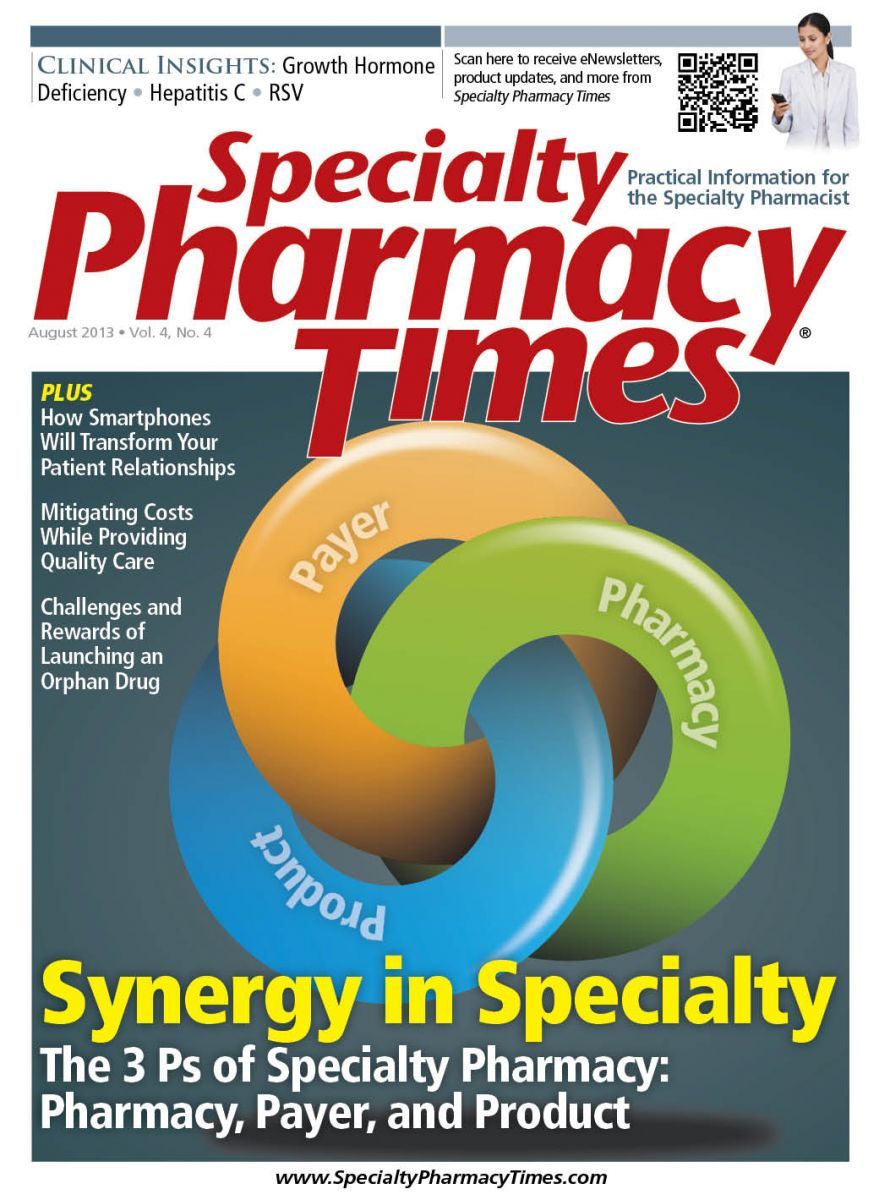Publication
Article
Specialty Pharmacy Times
Understanding the 3 P's of Specialty Pharmacy
Author(s):
Many factors come into play when establishing a distribution model, and the 3 P's-Pharmacy, Payer, and Product-are all key stakeholders and part of the story.
Many factors come into play when establishing a distribution model, and the 3 P's—Pharmacy, Payer, and Product—are all key stakeholders and part of the story.
One of the great challenges of specialty pharmacy is establishing the distribution model. There are many factors that come into play, such as the need for enhanced data, risk evaluation and mitigation strategies management, inventory control, coordination of care, dose adjustments, reimbursement handling and patient assistance, size of the patient population, cost of the product, cold chain needs, compliance and persistency, and patient training—and the list goes on.
As a general rule, the initial driver of the distribution decision is the manufacturer. However, in many cases products have competitive needs and manufacturers have to balance their needs against those of other stakeholders. A further and critical element is the physician and the patient experience. Manufacturers also have to consider the best strategy for their product and how it should be best served through an exclusive or restricted network of specialty pharmacies. This decision often varies from an exclusive to a semi or open network and has come under a great deal of scrutiny and controversy over the last several years.
What I have found interesting is the number of specialty pharmacies that will aggressively position their exclusive offering, but yet be the first to be critical should they be excluded from a network. A key driver to the restricted networks is reimbursement and the tremendous aggregation of lives that have resulted in recent mergers and acquisitions of the payer-owned specialty pharmacies.
Access to these lives often results in leverage and “pressuring” the manufacturer to provide access to these payer-owned specialty pharmacies, often with disregard to the “firewalls” that should exist between contracting/formulary/therapy positioning versus being a competitive specialty pharmacy service provider. This can be a disadvantage for the independent non-aligned specialty pharmacy that must truly distinguish itself through strong clinical service offerings, data, disease state expertise, and many other factors including price.
A leveler of the playing field is a clear credentialing process tied to a Request for Proposal. Credentialing is an exercise whereby the pharma organization assesses the competencies of a specialty pharmacy against its peers to assure standards are met around quality and service along with dozens of other factors. Reviewing pricing under the microscope of Fair Market Value assures that there will not be any improprieties around paying for service only to gain sales.
As we continue to cover these and other important topics in Specialty Pharmacy Times, today’s pharmacies need to have the appropriate accreditation through entities such as URAC and others. Most payers are insisting on this process to be in place and it is the standard.
We trust that our readers will gain some knowledge about the distribution model for the key stakeholders in our article, “The Three P’s of Specialty Pharmacy: Payer, Pharmacy, and Product.” Our contributors to this article provide insights from their own disciplines which we hope will allow our readers to better position their organizations in the future.
Editor-in-Chief
Mr. Steiber is a principal of D2 Pharma Consulting LLC (d2rx.com) and is responsible for commercial operations, trade-supply chain strategy development including 3PL selection, regulatory oversight, and “operationalizing” organizations. Mr. Steiber has served in several senior positions in pharmacy, distribution, and industry over the course of his 40-year career. He is a licensed pharmacist in Texas, Washington, California, and Pennsylvania and is affiliated with several professional associations and publications and is a frequent speaker on behalf of many professional organizations. Mr. Steiber graduated from Washington State University College of Pharmacy. He has participated in a variety of postgraduate programs in law and business development/marketing at Harvard University and Northwestern University. Mr. Steiber currently resides in Highland Village, Texas.







